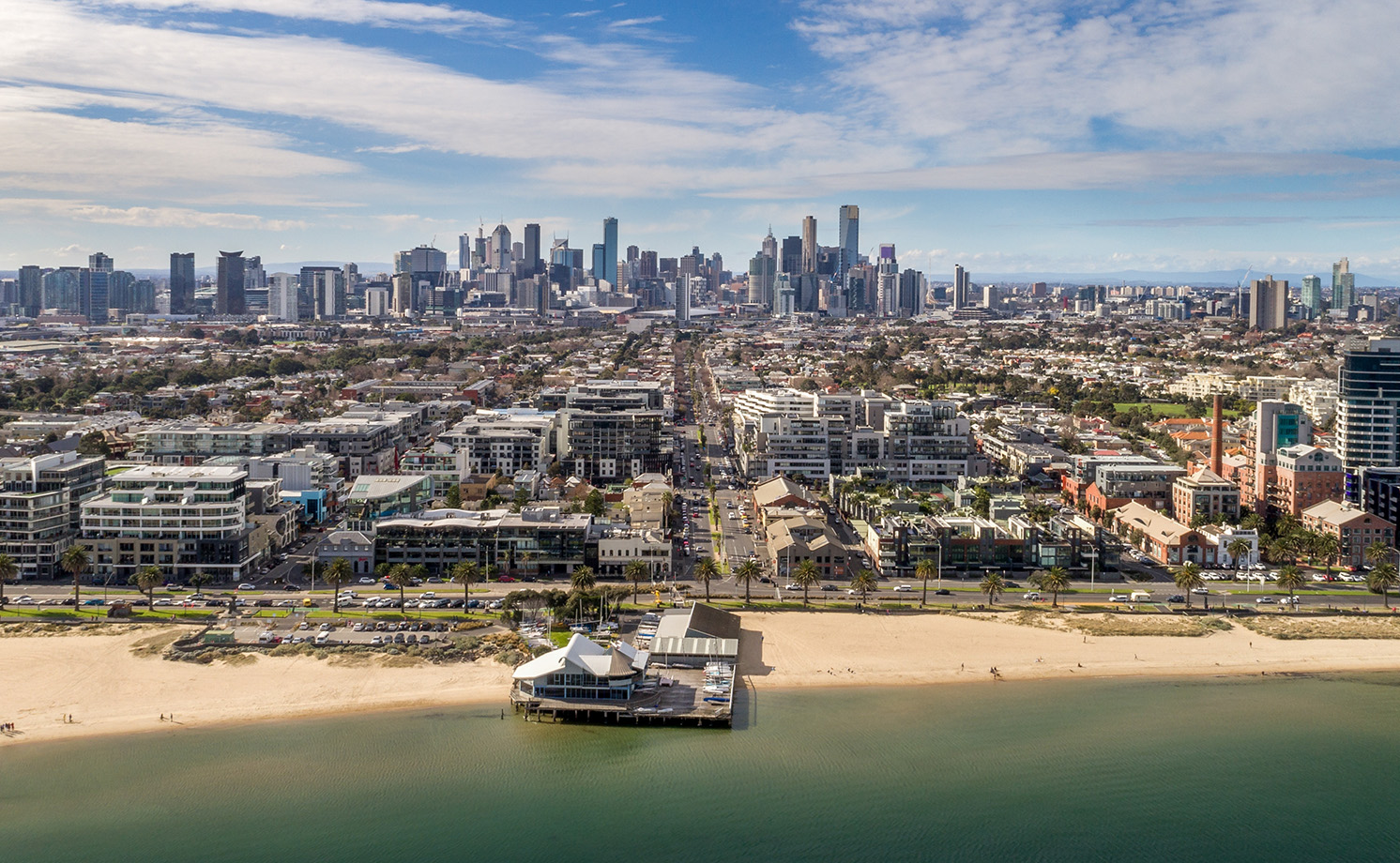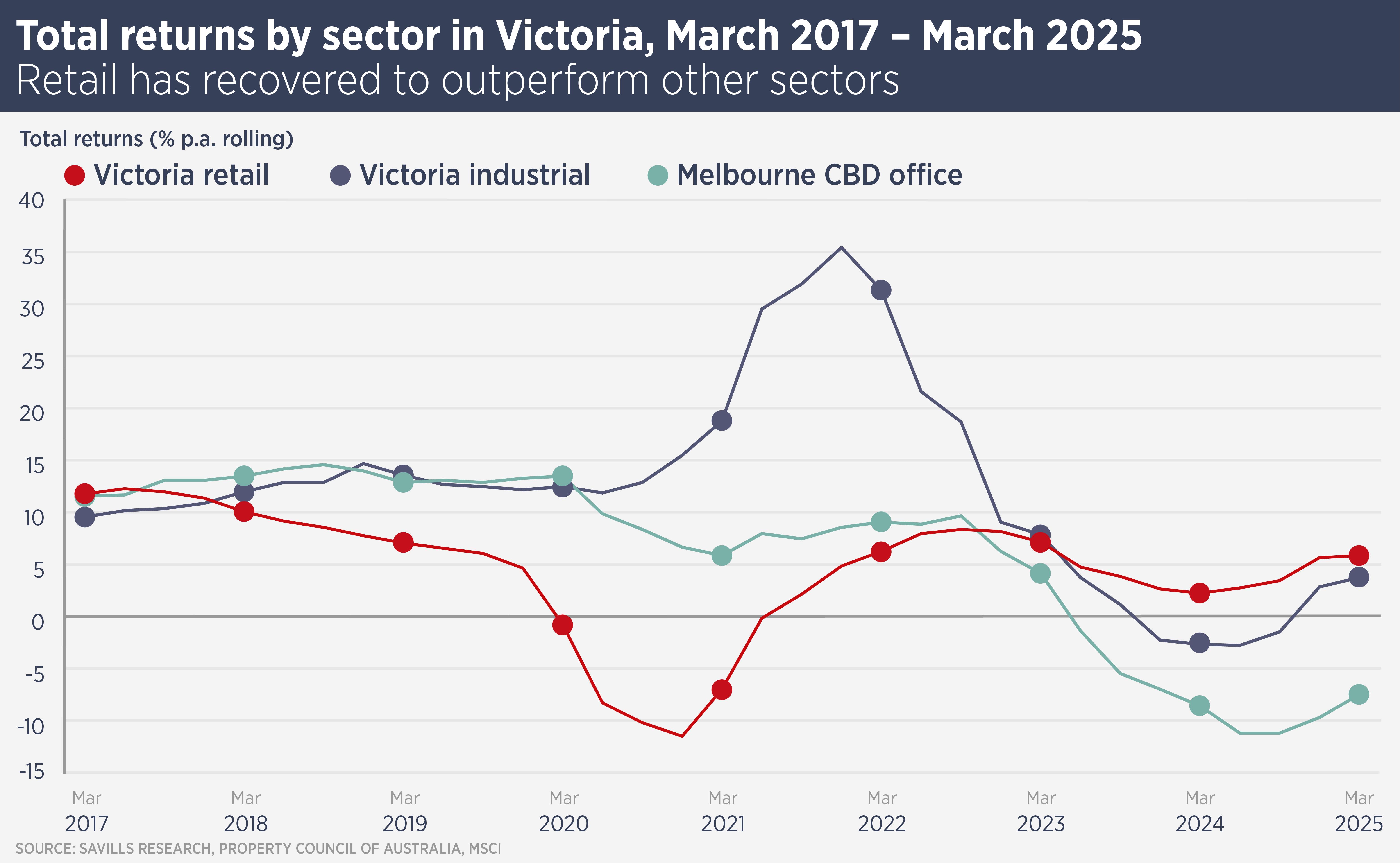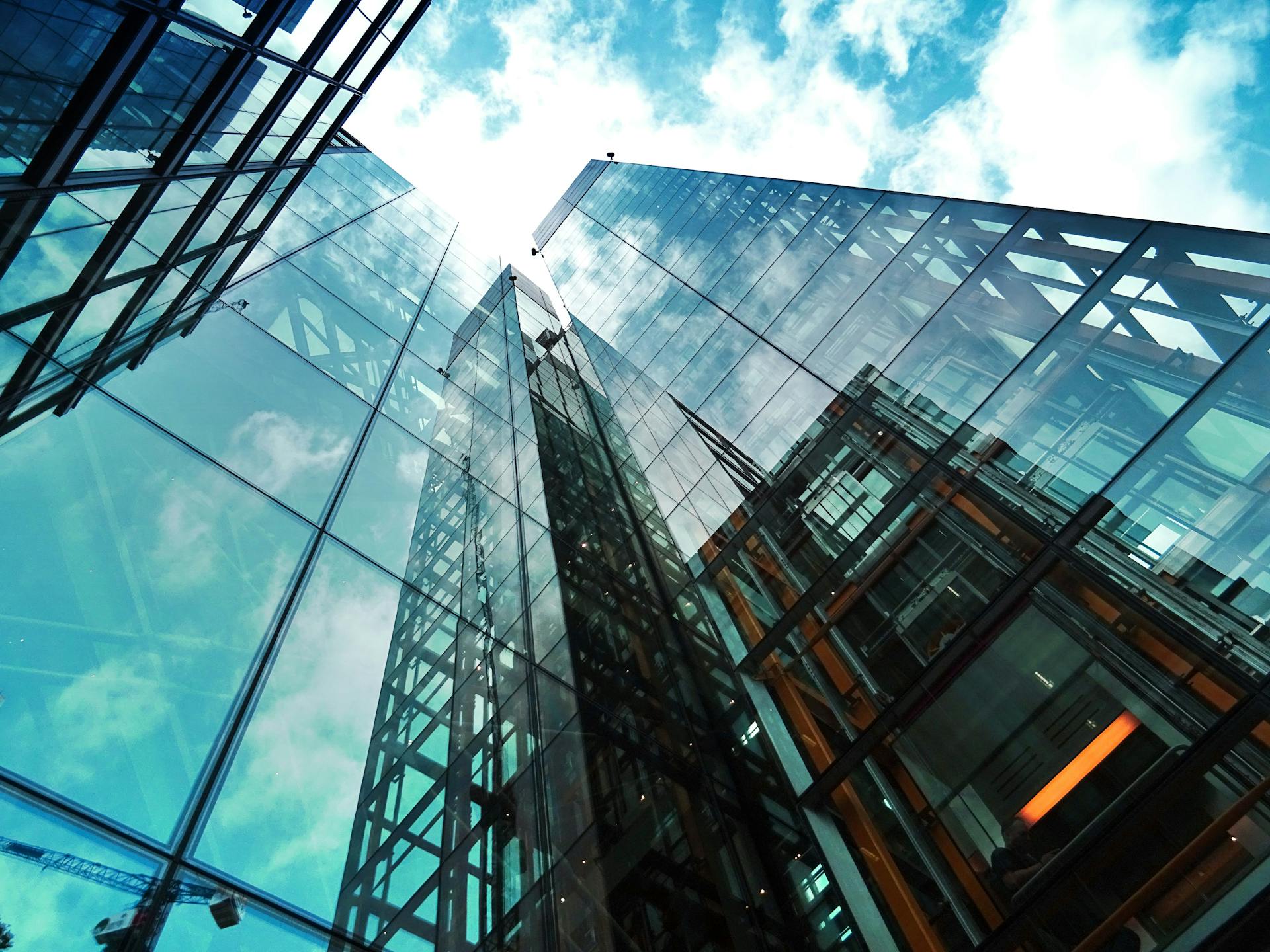
City Lowdown: Melbourne
Explore why Melbourne tops investor lists in 2025. Discover key trends in industrial, retail, and living sectors backed by strong infrastructure and economic growth.
Australia’s second-largest city is first choice for many investors, with a robust jobs market and a widespread recovery across real estate sectors attracting capital.
Melbourne, the capital of Victoria, has a population of 5.3 million and a diversified economy, with strengths across financial services, education, IT and tourism. It is home to some several major Australian banks, leading industry superannuation funds and key government agencies.

Like many global cities, Melbourne is trying to ease traffic congestion, increase public transport use and unlock long-term housing and employment benefits in key precincts to support economic growth. A new transit system, the Suburban Rail Loop, is under development and its sections will form a 60km orbital line connecting eight existing rail lines.
Oxford Economics ranked Melbourne at sixth place in its list of Top 100 Global Cities, making it the best-placed city in the Asia Pacific region, just ahead of Sydney in seventh place and Tokyo in ninth. Oxford ranked cities based on factors such as human capital, governance and quality of life.
The city’s strong points have not been ignored by commercial real estate investors. In this year’s ANREV Investor Intentions Survey, 83% of APAC investors and 100% of European investors favoured the city as an investment destination.
“Investors are actively repositioning for returns, with capital increasingly directed toward the development or repositioning of assets in high-demand, growth-oriented markets. Melbourne has emerged as a key target across industrial, retail and living sectors over the past 12 months,” says Katy Dean, National Head of Research at Savills Australia.
Despite a softer first quarter across the region, 12 month rolling transaction volumes for Melbourne were the highest since Q1 2022 in both the retail and logistics sectors. Liquidity in the retail sector has been underpinned by asset sales linked to capital recycling, development funding, and portfolio rebalancing.
As Australia’s largest industrial market and a growing hub for data centre development, Melbourne remains a key focus for investors. Its globally ranked universities continue to attract international students and capital, reinforcing its appeal beyond the traditional east coast markets.
The correction in asset values which began in 2023 appears to have run its course and returns in the retail, office and industrial sectors have all risen since last year. Retail, where values had slumped between 2017 and 2021, saw lower falls post 2023 and has recovered to be the best-performing sector, with total returns of 5.8% in the 12 months to March 2025, according to the Property Council of Australia/MSCI index. Performance was driven by an income return of 5.7%.
Meanwhile industrial rents are stabilising as vacancy of 3.4% is slightly above the 12 month average of 3% (Savills/SA1 Property as of April 2025). Moreover, economic concerns have slowed decision making and extended leasing lead times amongst tenants. However, the supply pipeline is expanding at a more measured pace and the remaining speculative industrial stock in Melbourne’s West and North is expected to be absorbed in the near term, suggesting vacancy is close to peaking.
Investors in Melbourne industrial real estate are focused on value plays to increase exposure to the sector, and in turn, enhance returns. This is particularly the case in sub-markets such as the Inner West, North and South-East. “This is being driven by urban expansion, infrastructure improvements, and the search for capital growth beyond some of other east coast core markets,” says Michael Wall, National Head of Industrial Logistics at Savills.
“The strength of investment volumes over the past 12 months, combined with significant capital waiting to be deployed, reflects sustained confidence in the sector’s future performance.
“Melbourne’s strong population growth, access to skilled labour, world-class universities, and Australia’s largest containerised and general cargo port continue to underpin its long-term investment appeal across many sectors.”
Further reading:
Savills Melbourne
Contact us:
Katy Dean



